Santorini Greece in the Cyclades, Aegean, has one of the most spectacular landscapes in Greece and in the world. The traditional villages of the island, built on tall cliffs, offer a breathtaking view over the submerged volcano. They represent the beautiful Greek cliche you have always dreamed about! Among them you mustn’t miss Oia, the place gifted with the most famous and stunning sunsets.
In the Ancient Times, the island used to have a circular shape. The volcano’s eruption was so strong that it caused the centre of the island to sink. Some believe that this eruption was even responsible for the extinction of one of the greatest civilization ever: the Minoan Civilization of Crete Island, Greece. Some of those villages have been discovered and now can be visited. They are very well preserved thanks to the lava that covered them.
The island of is known for it incredible villages. Some of them are perched on the top of 300 m high cliffs and offer gorgeous views. Check: Fira, Oia, Imerovigli, Firostefani, Megalochori, Akrotiri, Pyrgos, Messaria, Exo Gonia, Finika, Emporio and Katarados.
Around 1500 BC, the volcano of Santorini Island in Greece exploded and the eruption was so strong that the centre of the island sank and took the shape with the caldera that can be seen today. The eruption might be responsible for the destruction of the Minoan civilisation of Crete Island.
The last eruption took place in 1956 and it is still active today
The present-day crescent shape of the island is a consequence of the activity of the volcano in prehistoric times feeding the myth of the lost Atlantis. Santorini is essentially what remains of an enormous volcanic explosion dated back 3,600 years and which created the current geological caldera; a giant central lagoon, more or less rectangular, and measuring about 12 by 7 km (7.5 by 4.3 mi), surrounded by 300 m (980 ft) high steep cliffs on three sides.
The mild activity of the volcano after this major eruption has built up two small islands within the caldera, Palea and Nea Kameni visited by hundreds of people everyday during the tourist season.
The impressive caldera dominates the west part of the island while the marvellous dry climate and the almost continuous sunshine create year-around conditions which are perfect for observation, photographs and videos under an extraordinary variety of natural lights and colours that give the visitor the exceptional advantage of reaching the interior of the volcano by boat.
Red beach Santorini: The red beach is one of the most famous and beautiful of the beaches of Santorini. It is located near the village and ancient site of Akrotiri.
Because it is smallish, the red beach gets quite busy. A number of people come onto the headland just to admire this beach and never make it down to the hot sand. The reason why it attracts so many people is because of the slabs of red and black volcanic rocks behind it.
White Beach Santorini: The cove right next to the Red beach, on the southern side of Santorini, is known as the White beach. It is very similar to the Red beach, with black pebbles on the shore, only that the surrounding cliffs are white. This beach is accessible only by boat or on foot from the Red beach.
It is less popular than the neighbouring cove and therefore more quiet. It doesn’t have much facilities, except for some umbrellas and sunbeds along the coast, although the surrounding rocks.
As a fact: every spring the houses are repainted in white.
Not as well known: they also make wine; a lot of types, and you can try some of them if you go at their museums, so don’t miss it! Greek people used to trade their wine for wood to build boats (they were famous for that) with Russians from south.
Of course there are even more thing do to, but some of them you should discover on your own.
Source: http://en.wikipedia.org/wiki/Santorini


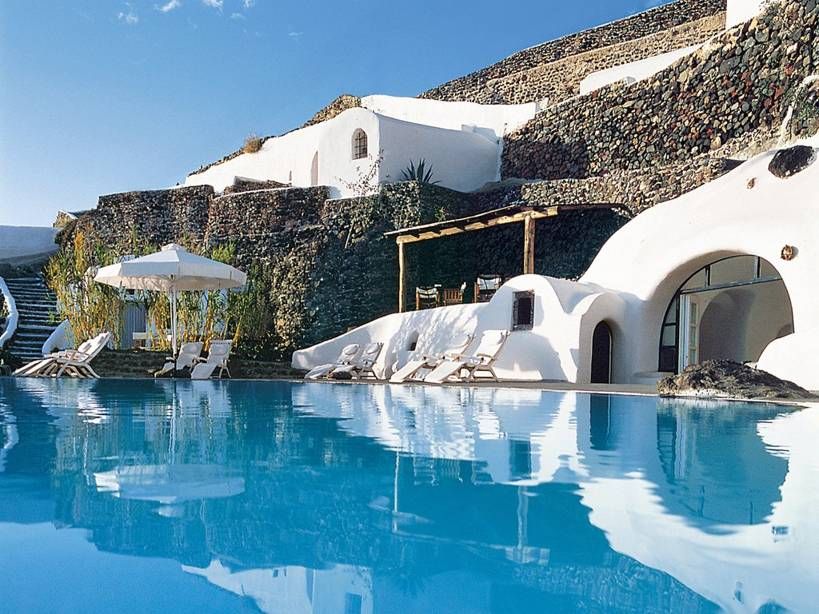
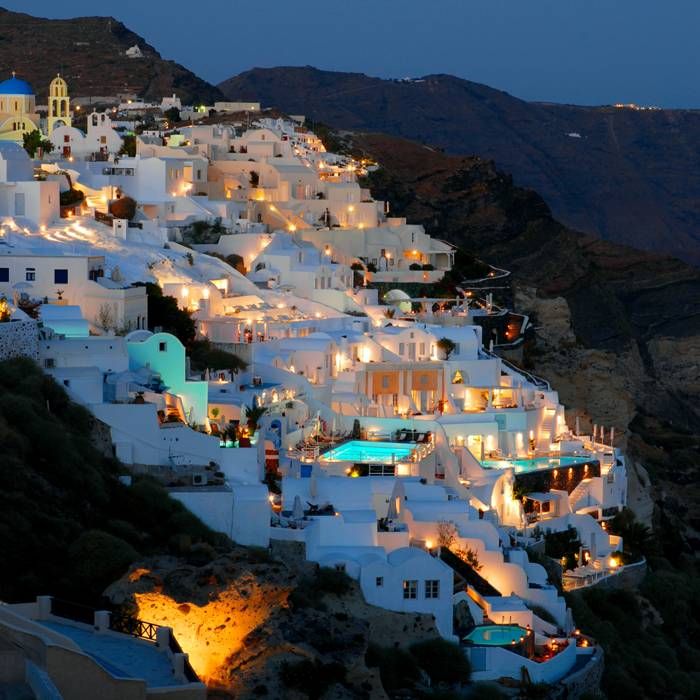
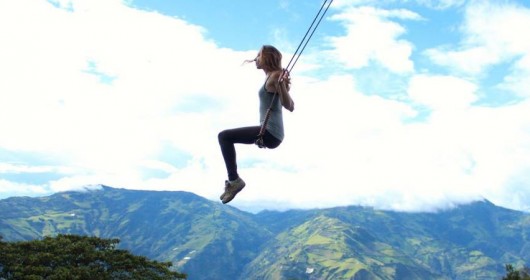
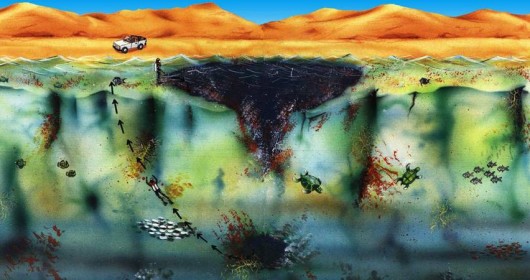
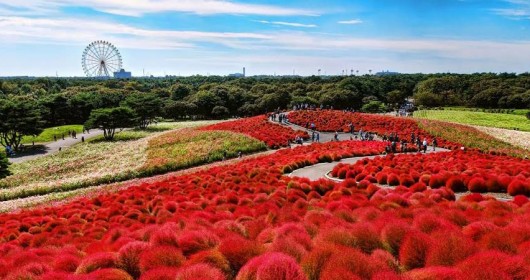
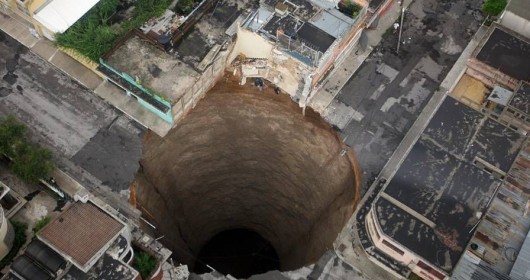
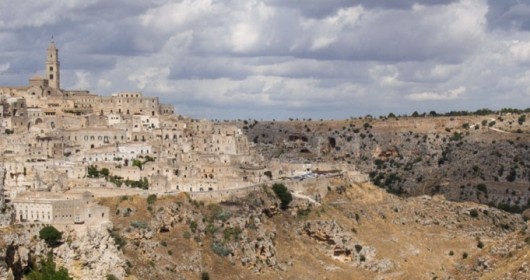
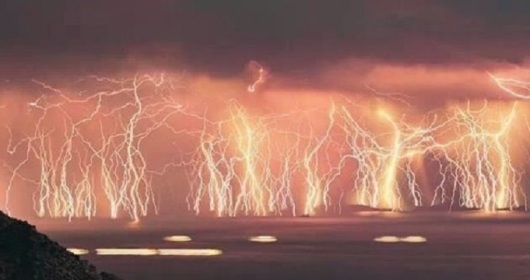
Comments are closed.